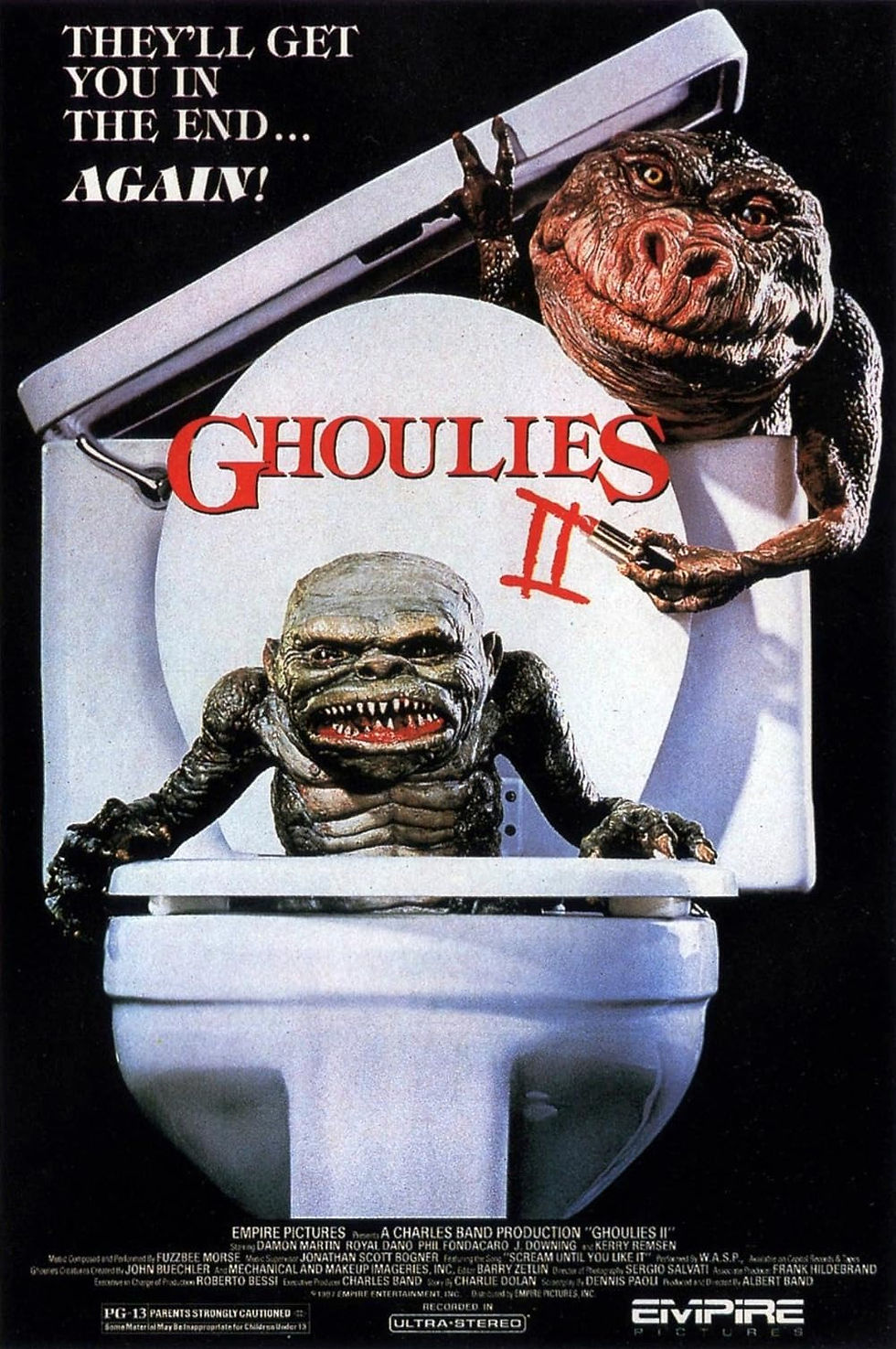Unnecessary Evils: When Horror Remakes Miss the Mark
- Allan Major

- Mar 14, 2024
- 3 min read
Updated: May 14, 2024

The flickering allure of the silver screen beckons, and sometimes, studios answer with the call of the remake. But in the realm of horror, this siren song can often lead to a shipwreck of chills. While some remakes breathe new life into classic chills (think John Carpenter's pulse-pounding "The Thing"), others stumble through the graveyard, failing to capture the essence of the original and leaving audiences feeling cheated.
Let's delve into the crypt of critically-panned horror remakes, unearthing the reasons why they turned audiences cold.
A Corpse Robbed of Its Shroud: Missing the Magic of the Original
Horror thrives on atmosphere, a carefully crafted tapestry woven from music, visuals, and a creeping sense of dread. A successful remake respects this tapestry, understanding that replicating scenes shot-for-shot isn't enough.
Take the case of "Psycho" (1998). Alfred Hitchcock's 1960 masterpiece masterfully built tension through subtle camera angles, innovative editing, and the iconic screech of violins. Gus Van Sant's remake meticulously recreated every frame, resulting in a sterile imitation that lacked the original's raw, unsettling power.

The CGI-Bloated Beast: Special Effects Over Substance
Horror has always walked a tightrope between suggestion and explicit gore. Early classics like "Nosferatu" relied on shadows and makeup to create a sense of unease. Modern remakes often veer towards a reliance on CGI gore, numbing the audience with a relentless barrage of digital viscera.
A prime example is "The Thing" (2011). John Carpenter's 1982 film utilized practical effects, creating body-horror that was both grotesque and strangely beautiful. The remake upped the gore factor with CGI, turning the alien creature into a generic monster mash, sacrificing the original's unsettling ambiguity for a forgettable spectacle.
Losing the Soul in the Translation: Ignoring the Cultural Context
Horror often reflects the anxieties of its time. Remakes that fail to consider this context can end up feeling hollow.
"Poltergeist" (2015) serves as a cautionary tale. Tobe Hooper's 1982 original tapped into the anxieties of the nuclear family facing suburban isolation. The 2015 remake stripped away this social commentary, leaving behind a generic haunted house film that failed to resonate with modern audiences.

The Frantic Grab for Cash: Remakes as Cash Cows
Studios sometimes view remakes as a quick path to box office success, capitalizing on brand recognition rather than genuine artistic merit. This cynicism often shows on screen.
The remake of "Pet Sematary" (2019) exemplifies this. Mary Lambert's 1989 adaptation of Stephen King's novel resonated with audiences due to its exploration of grief and the price of denying death. The remake lacked this depth, focusing on jump scares and a CGI-heavy Wendigo that felt more like a video game boss than a truly terrifying entity.
Is There Hope for the Future of Horror Remakes?
Not all remakes are destined for the crypt. "Let the Right One In" (2010) is a brilliant American remake of the Swedish film of the same name, capturing the original's melancholic beauty and adding a unique American spin.
The key to a successful remake lies in understanding the source material, respecting its legacy, and offering a fresh perspective that resonates with modern audiences. It's about breathing new life into the bones of a classic, not simply reanimating a corpse.
So, the next time you hear the chilling call of a horror remake, approach with caution. Remember, sometimes, the classics remain that way for a reason. But if filmmakers are bold enough to delve back into the cemetery of horror, let them wield their shovels with respect, unearthing a new take that chills rather than disappoints.







